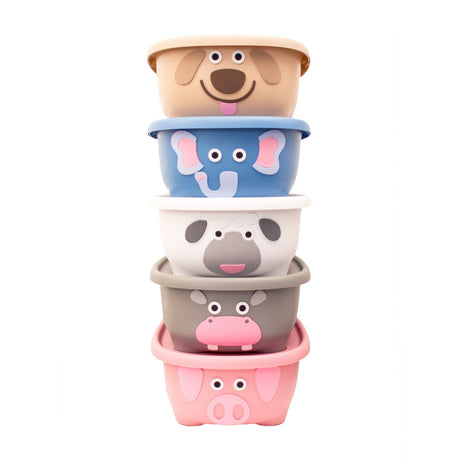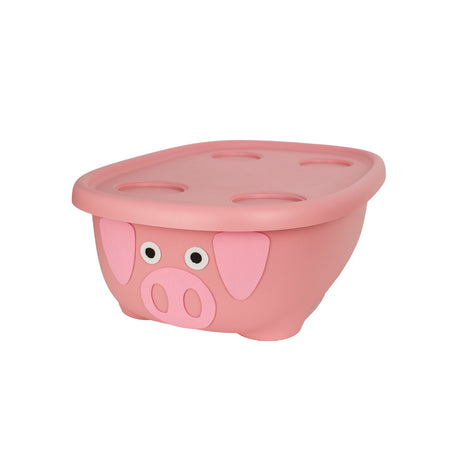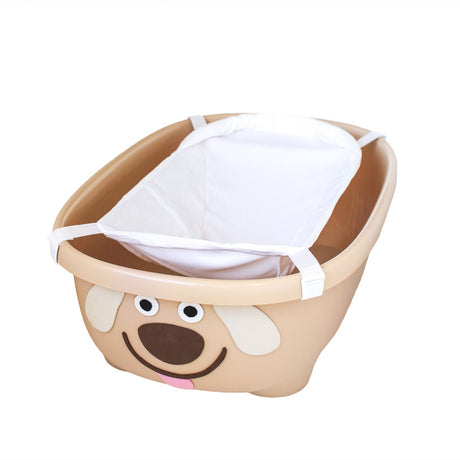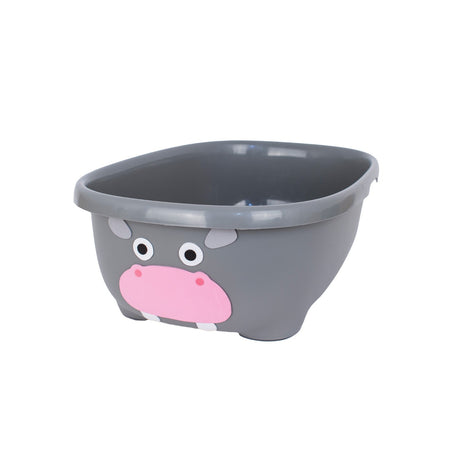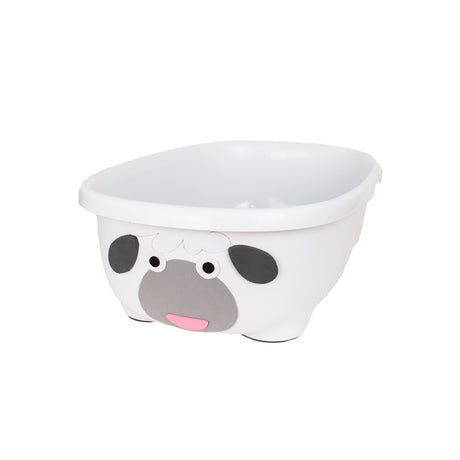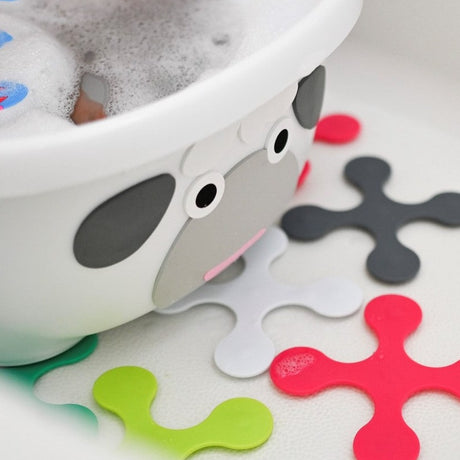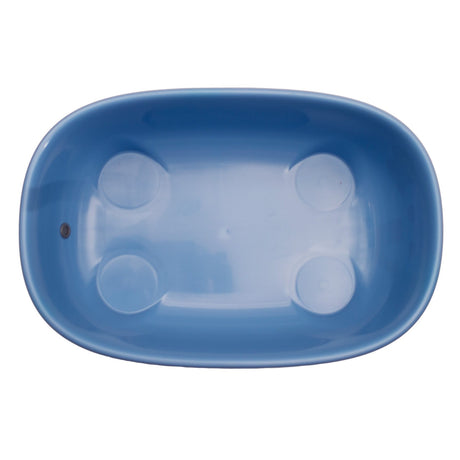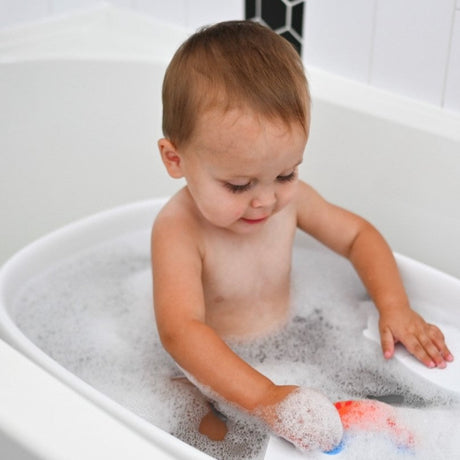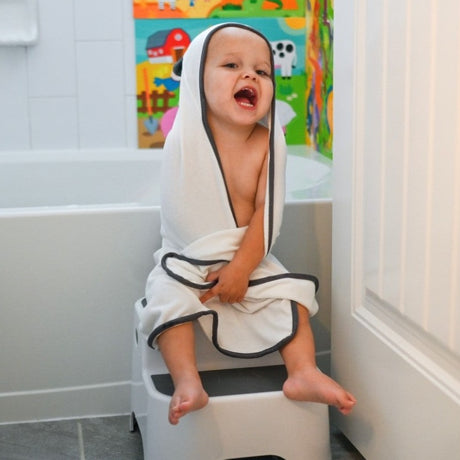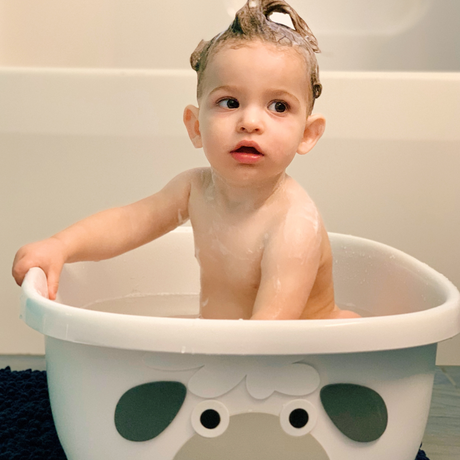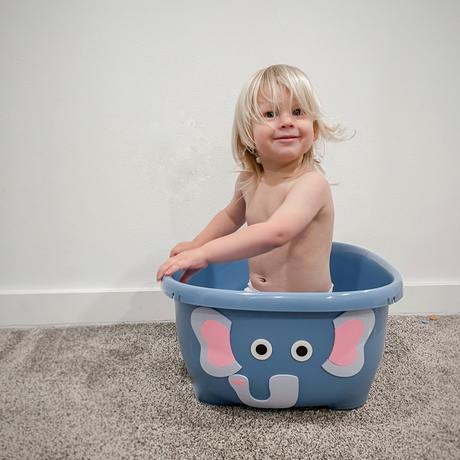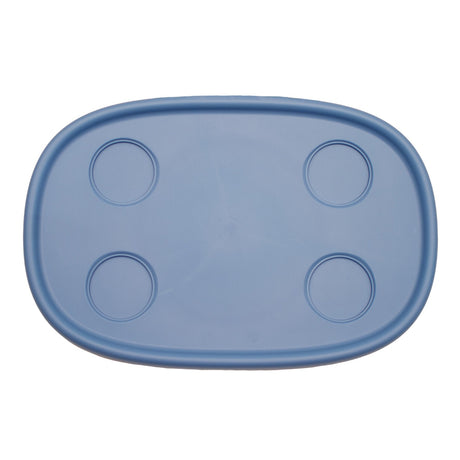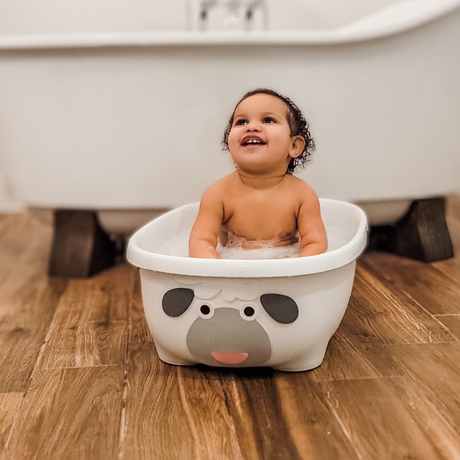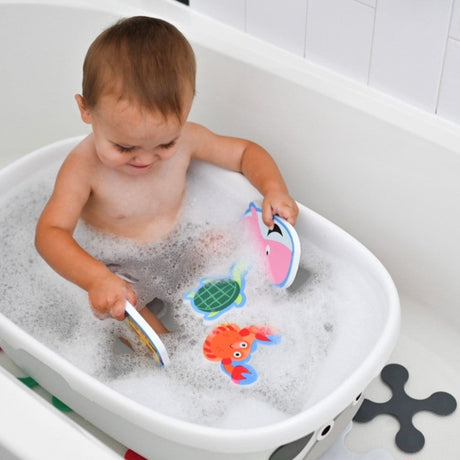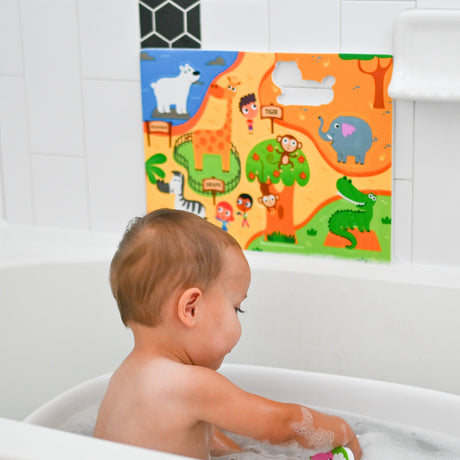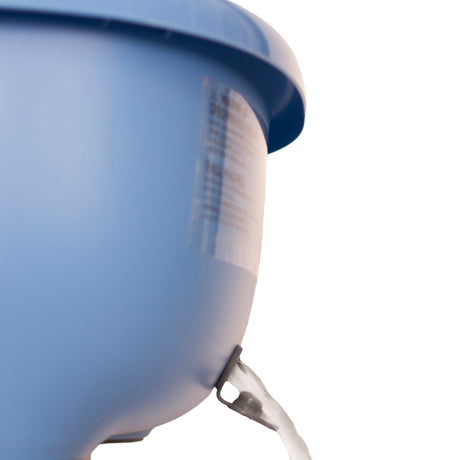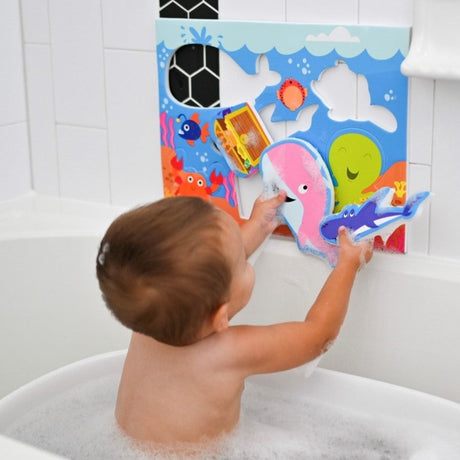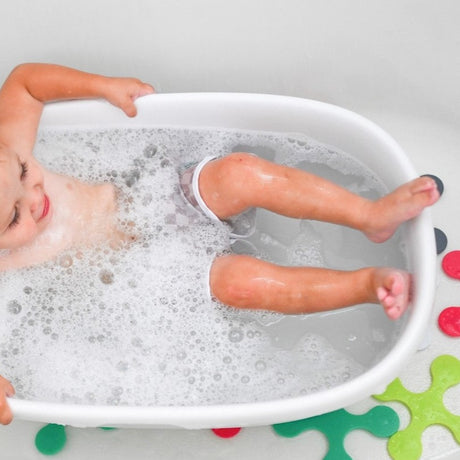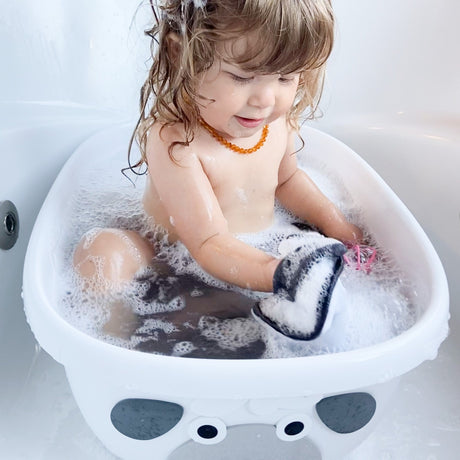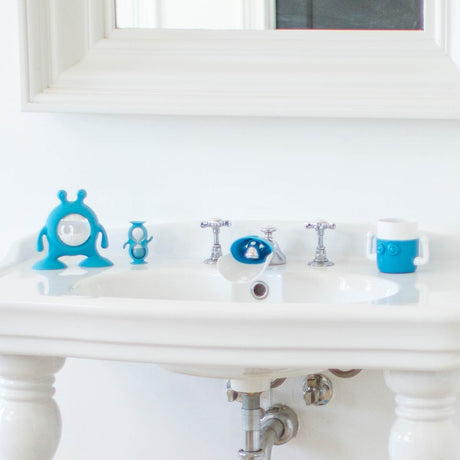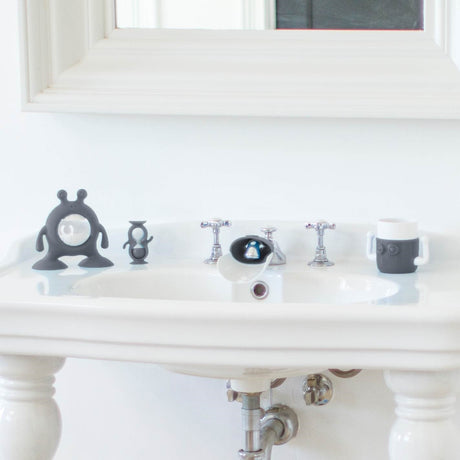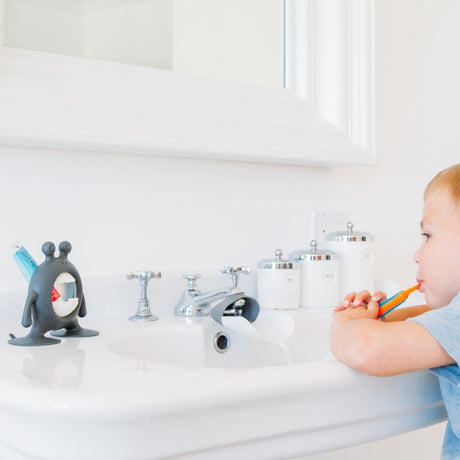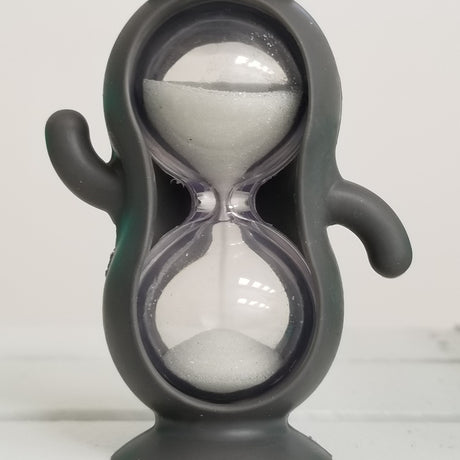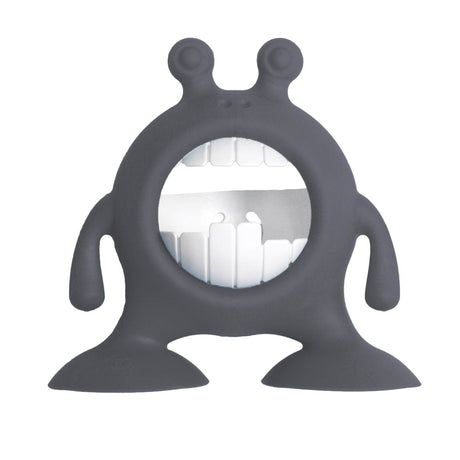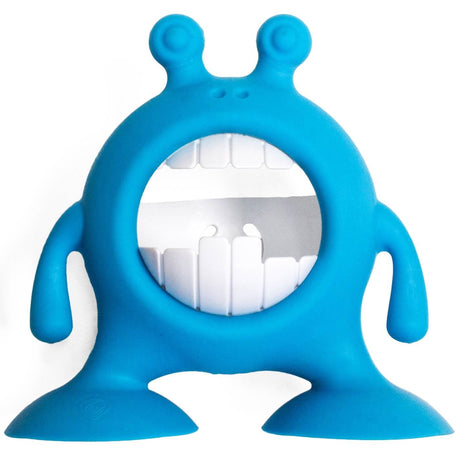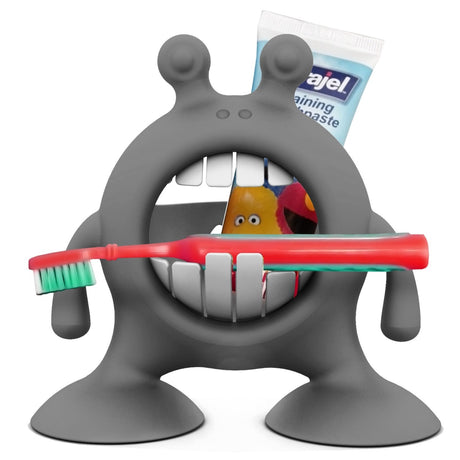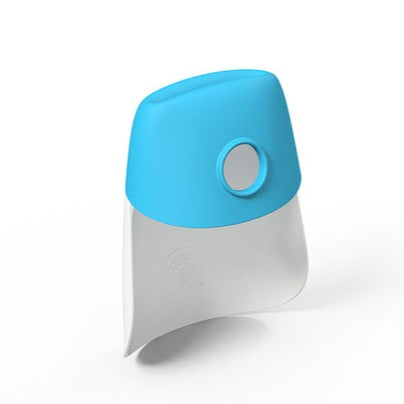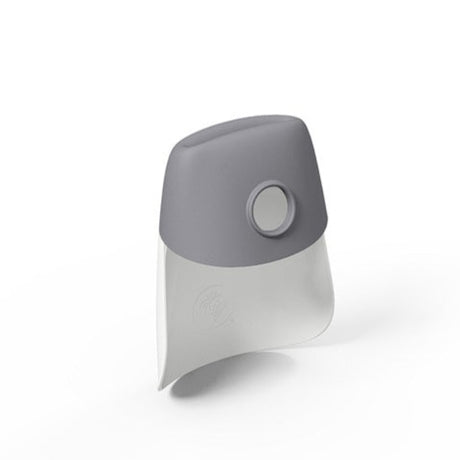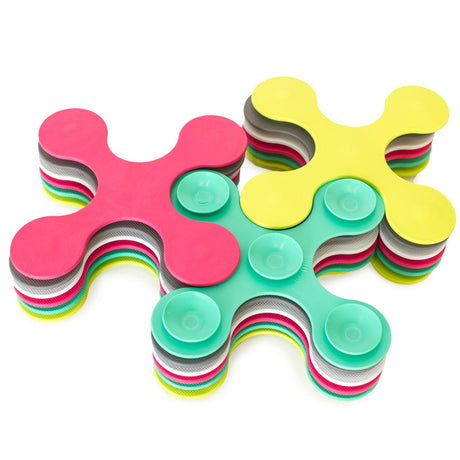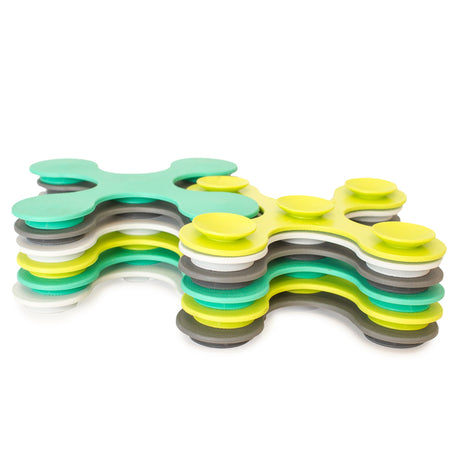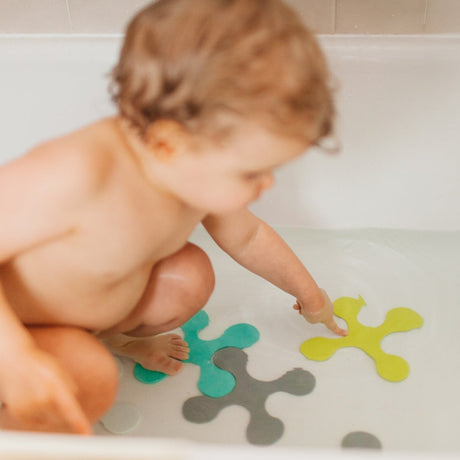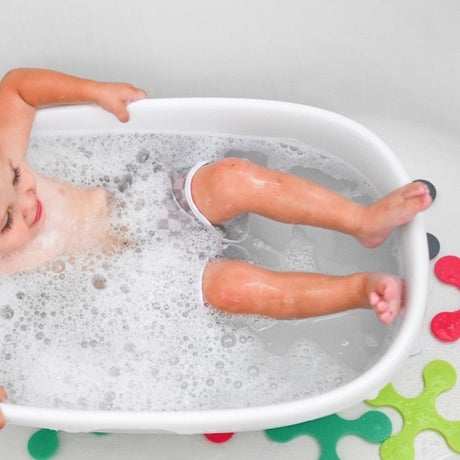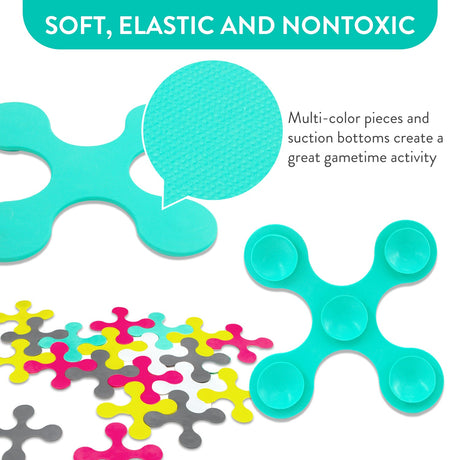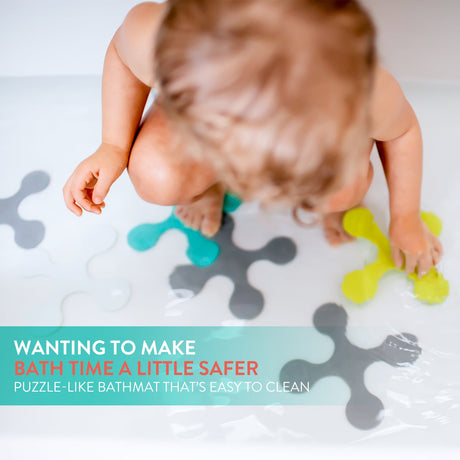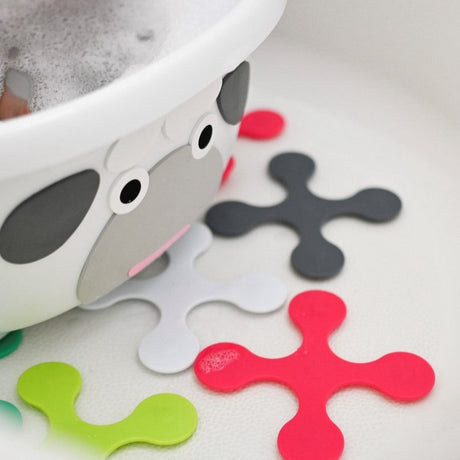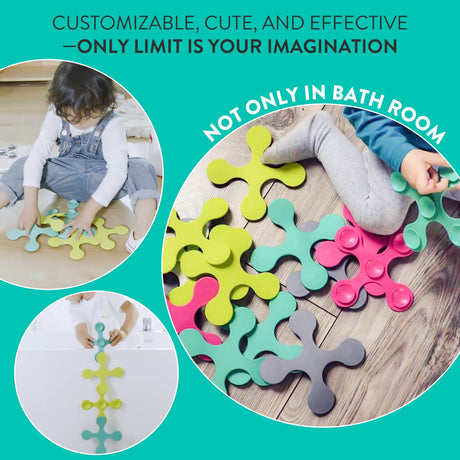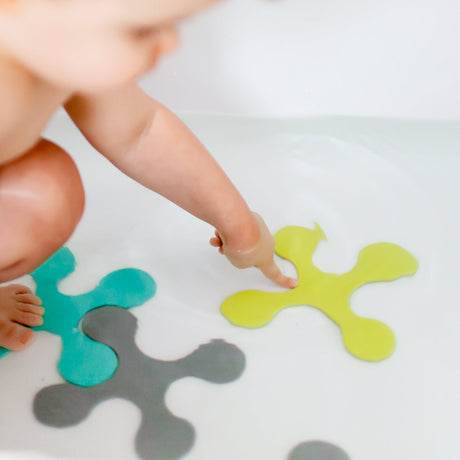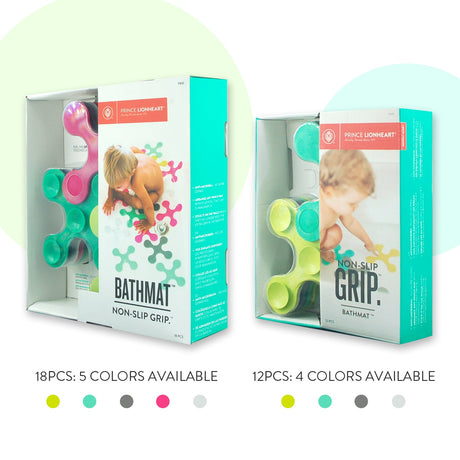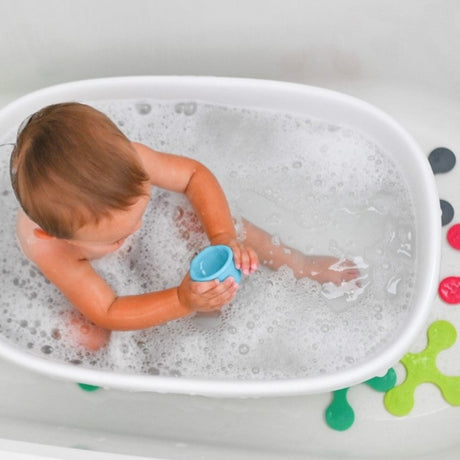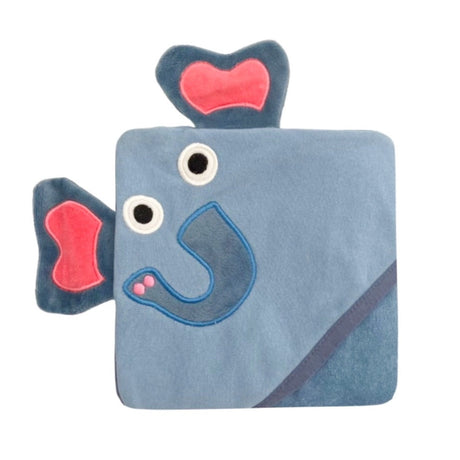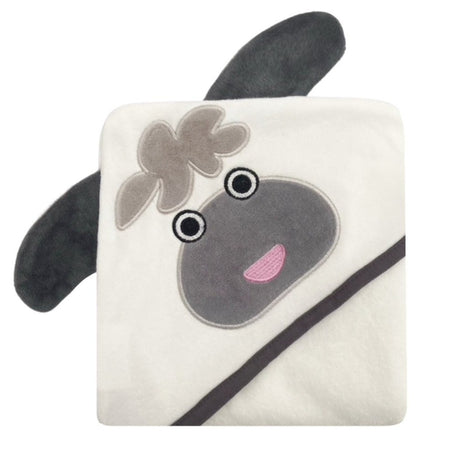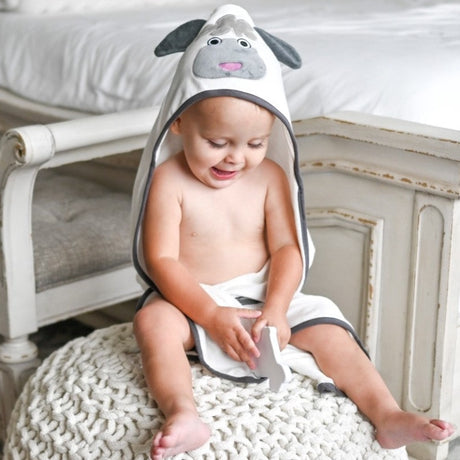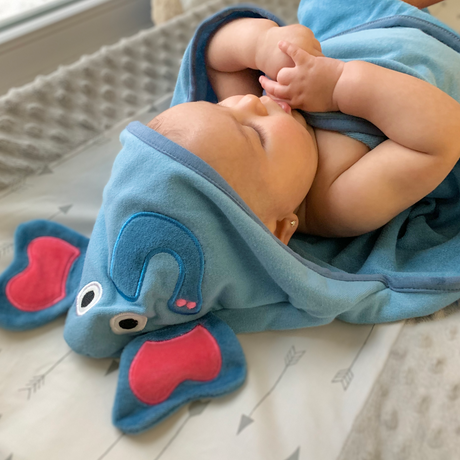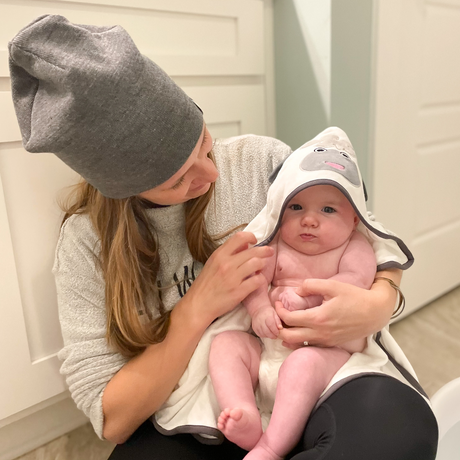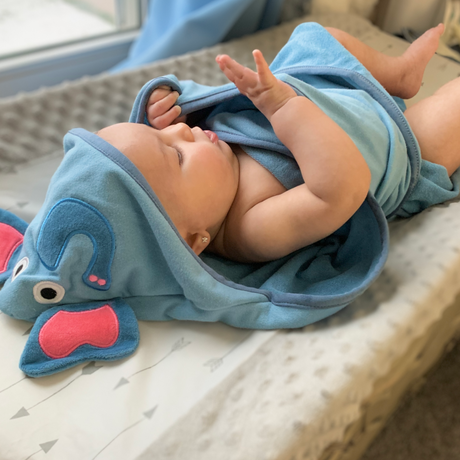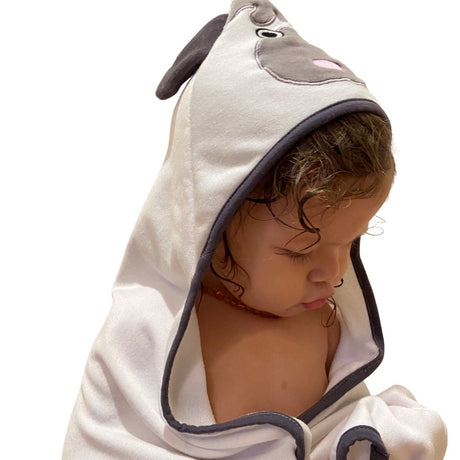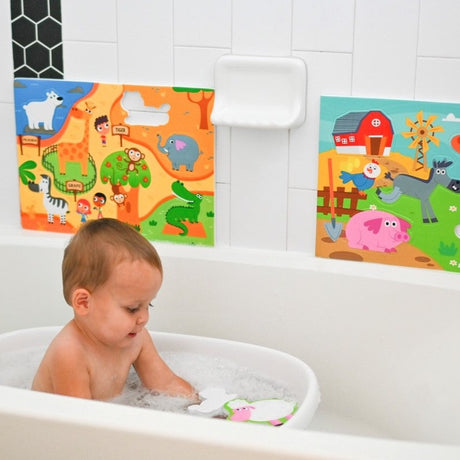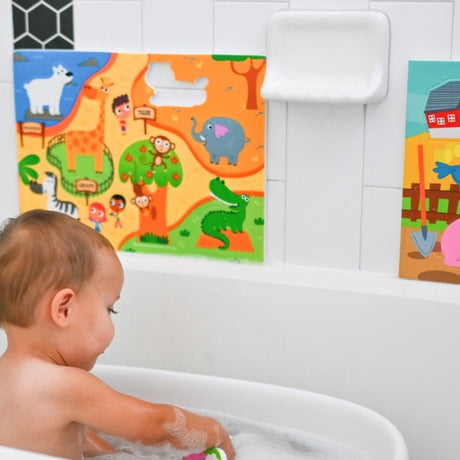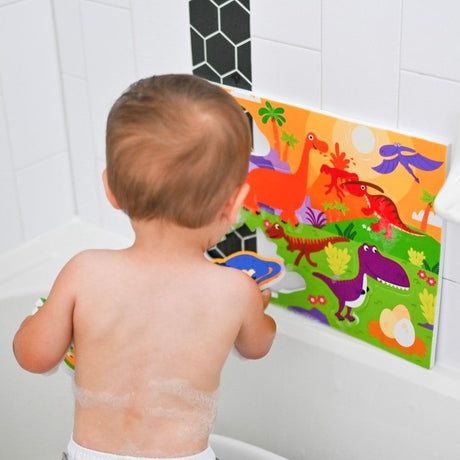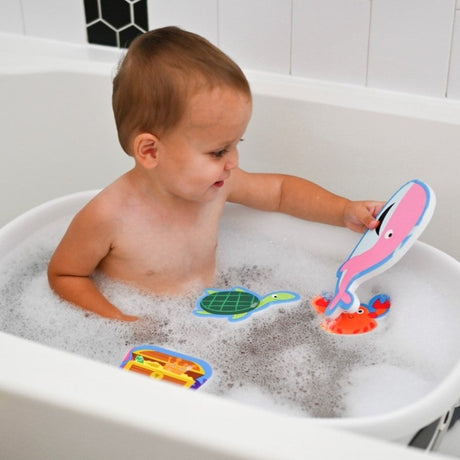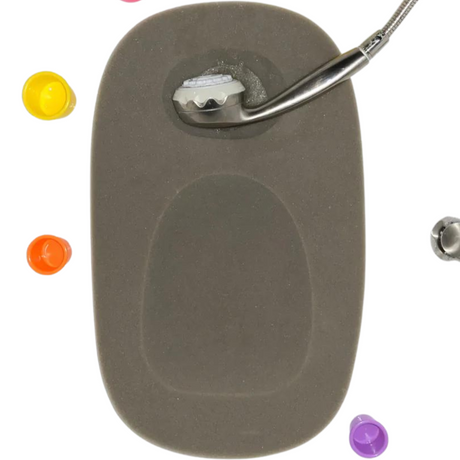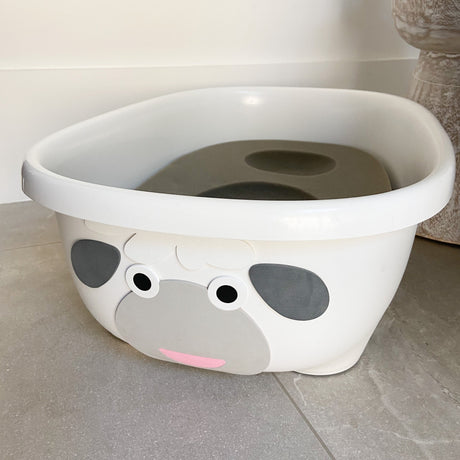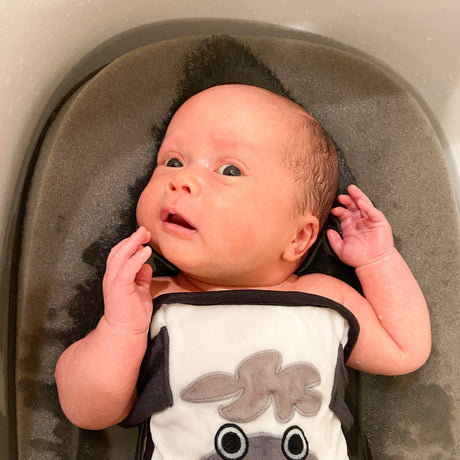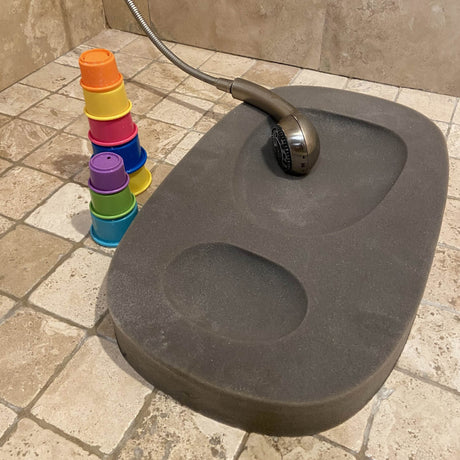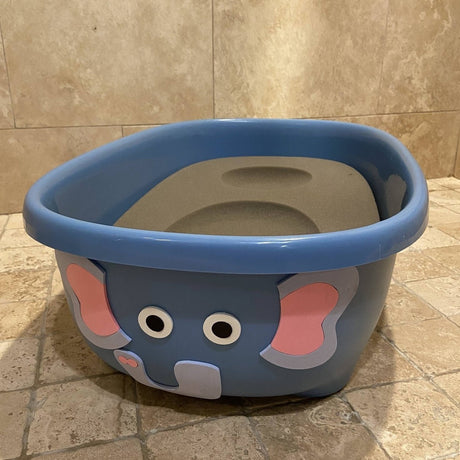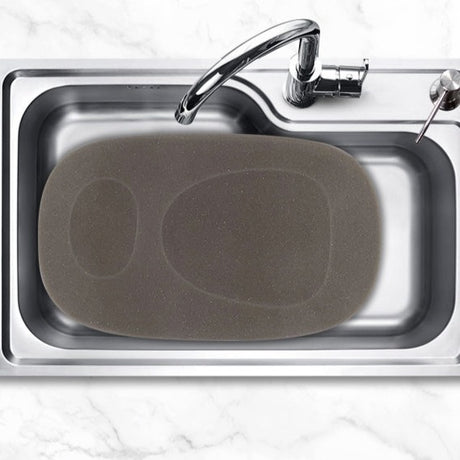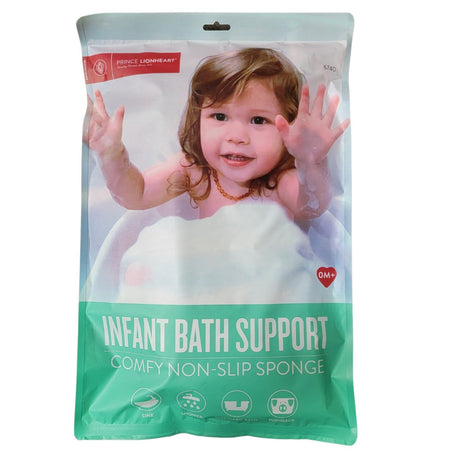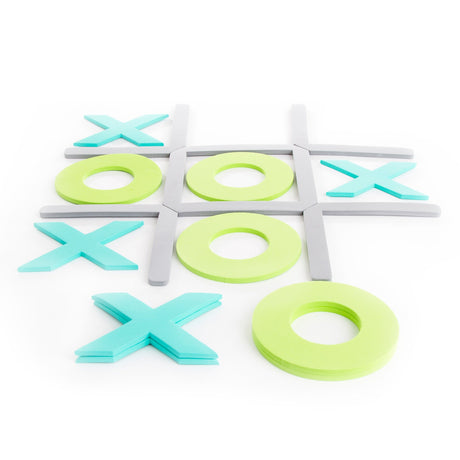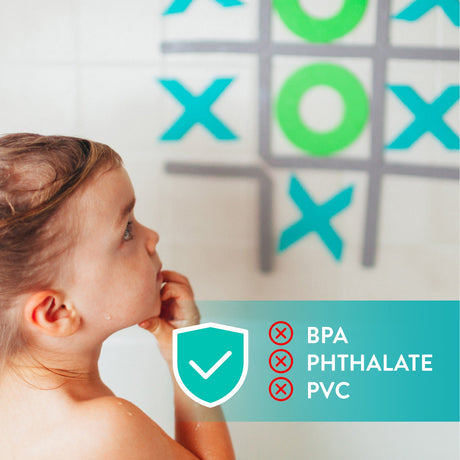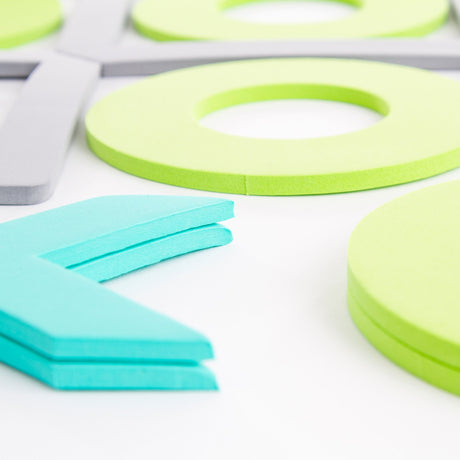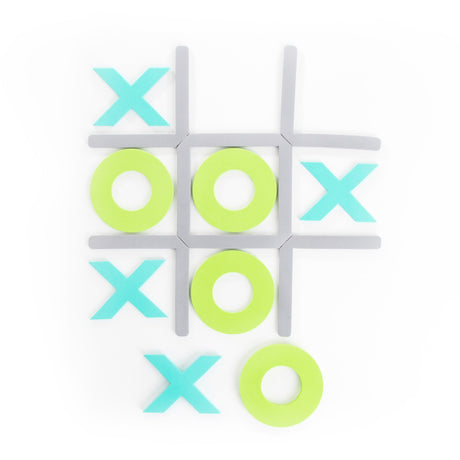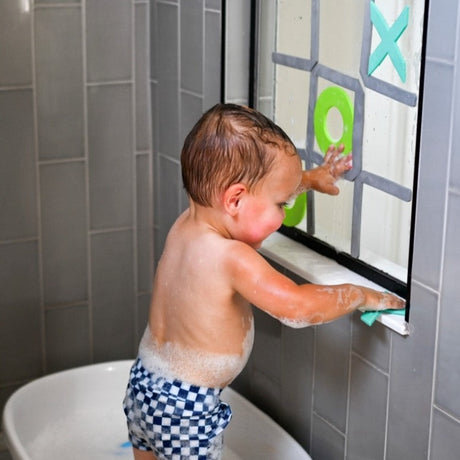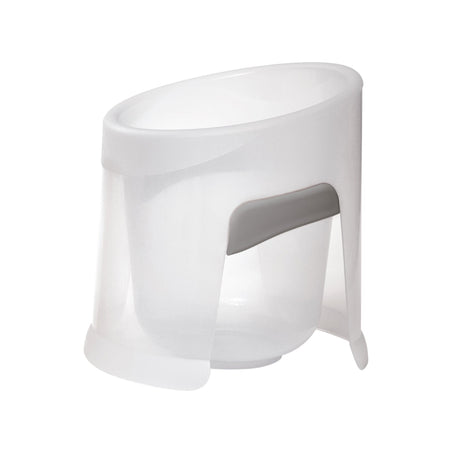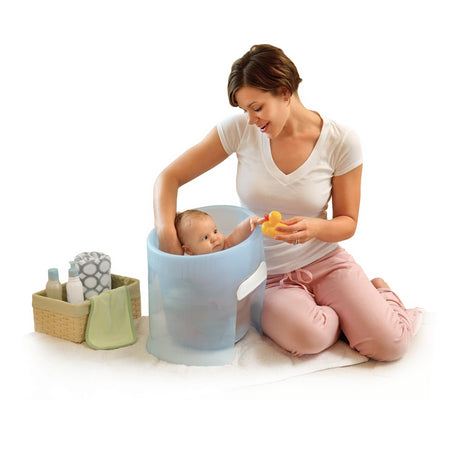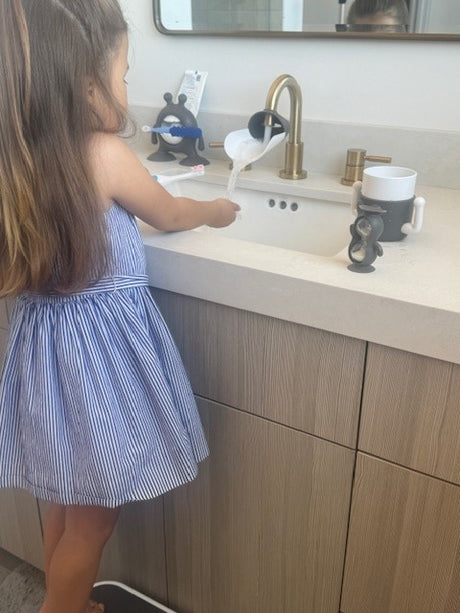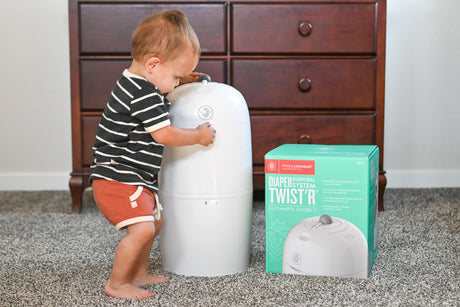Brita DeStefano PT, DPT, PCS Background?
Dr. DeStefano is a board certified pediatric physical therapist and owner of Progress Through Play.
The idea for Progress Through Play was born during her own experience as a new mom. As a mom of two typically developing kids and pediatric physical therapist, she noticed a gap in care within the spectrum of early childhood wellness and Dr. Brita realized how much information she was armed with thanks to many years of work in pediatric PT. Her job was to be an expert in child motor development and she was able to utilize that knowledge when helping to promote her own babies’ growth. Through chatting with other mom friends, Dr. Brita realized that often parents don’t have access to the type of hands-on education and support that she would normally give to the families and caregivers of children she saw for physical therapy treatment. Dr. Brita decided to make it her mission to offer this service to Denver families in addition to PT treatments for children with motor delays. Dr. Brita is passionate about helping parents to connect with their infant, understand their development, know how to handle their newborn, how to interact with them during different stages, and give tips on how to promote new skills.
Dr. Brita started her Instagram account (@progressthroughplay) to help parents get the answers they need.
How do I know if my child is developing on time? Or when I should be worried?
Dr. Brita says, “First of all, some parents like to research and make sure their little one is on track. Some parents may just let it happen and really go with the flow of their little one. It is important to understand that there is nothing wrong with either one of the approaches.
When parents come to me with questions, I always let them know that even though I am an expert in pediatric physical therapy, they are the expert in their child. If you’re a parent and you have these nagging questions on your mind, or a certain gut feeling, I believe you deserve to have an expert validate your concerns and tell you why they may or not may be concerns to worry about. Every child and their development is unique, so it is normal to have questions.
To answer your question, every child is developing on their own unique journey, and if you as a parent have nagging questions, you deserve an answer. Go with your gut feeling. If your gut tells you to see a pediatric physical therapist, then schedule a consultation. Every parent deserves answers.”
Where do I go first as a parent if I am worried that my child is not developing on time?
“Your pediatrician would definitely be your first contact to reach out to when you have concerns. Pediatricians can often quickly answer some of these nagging questions parents have. If you feel like you need more elaborate answers, then you can come and visit someone like myself. You can also come directly to us in most instances and you don’t have to go through an appointment with your pediatrician first.”
When should I seek help?
“Most parents do not seek help because getting support is attached to a negative stigma. And I hope that we can let go of that negative stigma. Reaching out for help doesn’t mean that there is something wrong with your little one. You’re simpye creating a village of people who are here to help and support. Any parent with nagging questions or a certain gut feeling should reach out for support.”
How can I help my baby stay in a side lying position for play and avoid having them roll out of this position?
“For babies it is important to experience a variety of positions. They have to experience being on their backs, on their sides and also on their tummies. You can start laying your baby on the side for playing starting from 0 months until up to 3 months. Babies will stay in that position if you put a mirror in front of them or a toy. The older your little one gets the more they will move around and not be wanting to stay in one position for too long. If your little one is in the 3-5 month range then you can use this side lying position to teach your little one rolling. But don’t worry if your little one doesn’t want to stay in that position for too long.”
When should I be concerned that my baby isn’t pulling to stand?
“Pulling to stand is something we will want to work on around 12 months. When we start looking for exercises that will help your little one to learn how to walk. You are going to want to give your baby lots of opportunities to pull themselves up. Maybe it’s your diaper box that they will grab and pull themselves up or it might be the step stool in the bathroom or maybe they will try and pull themselves up in front of your couch. You want to make sure that the environment is conducive to the skill you want your little one to learn. Instead of putting toys in front of them on the floor you will want to put their toys on higher surfaces so they have a reason to want to pull themselves up to standing.”
Can you share any tips to help my baby start crawling?
“Crawling is something your baby learns after they have mastered sitting. Most babies are pretty content in the sitting position. If you want to help them crawl, you simply have to make crawling more interesting than sitting. Don’t hand them all their toys; put them a couple inches away from them so they have to find a way to get to their toys. You can introduce your baby to toys that will roll away from them. It is okay to help them in the beginning; you can help them move their knees or put your hands behind their feet so they can kind of push off of your hand. It is okay to help them until they figure out how to do this movement themselves. The most important part about learning a new skill is to make the environment conducive to the skill that we’re looking to learn. Purposeful play can be key as well.”
My 7 ½ month old loves tummy time, do I need to encourage him to play more on his back?
“For babies it’s important to be on their backs in the beginning, they learn to reach for toys, they learn to reach for something and then steer it towards their mouth. The next step is practicing tummy time with your little one, which is the stage before they start crawling and become mobile. When your baby is not really lying around on his back anymore it is because it is probably boring now -- they can’t see much -- so being on their tummy is much more interesting to them. With a 7 month old you can let them choose which position they currently like to play.”
What are good toys for a 4-month-old to practice reaching and grasping?
“At that age their grasping is not very accurate, so I would practice with things that are easy to grasp. They sell little balls with tons of holes in them, this makes it easy for them to grasp because the little fingers can get easily into those holes. 4 months is also the age for oral exploration, so I would suggest whatever you use to practice grabbing and grasping, make sure it is safe to go into their mouth as well.”
How can I build confidence in my 15-month-old to help him start walking?
“Little ones have different personalities and they also have different levels of motivation and risk taking. You don’t want to force a child to do something they are not comfortable with. When I work with hesitant walkers we will work with baby steps, literally. The hesitant walkers need to feel secure before they will ever take their first step. Give them a task that can be easily achieved and is slightly challenging. You can sit with them on the floor, the little one in your lap, and only one step away from the couch. So they can feel nice and supported with you right there and I would work with them on getting up from my lap and taking that one step towards the couch. And we are going to do that over and over again until they feel comfortable in taking another step. Then you can slowly move farther and farther away from the couch. Another important step is to include walking into your daily routine. Start setting expectations for walking, tell your little one now we will walk to the bathroom, and you can support them or every time you walk out to the car tell them and start building that into your routine. Kids like to copy what you are doing, so having them help you with daily chores will help motivate them.”
My 9 ½ month old just started summer saulting while playing, should I intervene?
“As long as it is not something that is done to them, it is usually safe. If your little one is fully in charge of the movement it is usually safe. As long as it is something that they’re capable of doing on their own its most likely safe. Here I’d ask if the little one is actually doing a full summersault or if he/she is just in the downward dog position. The downward dog position is actually a great pre-walking skill for kids to learn.”
